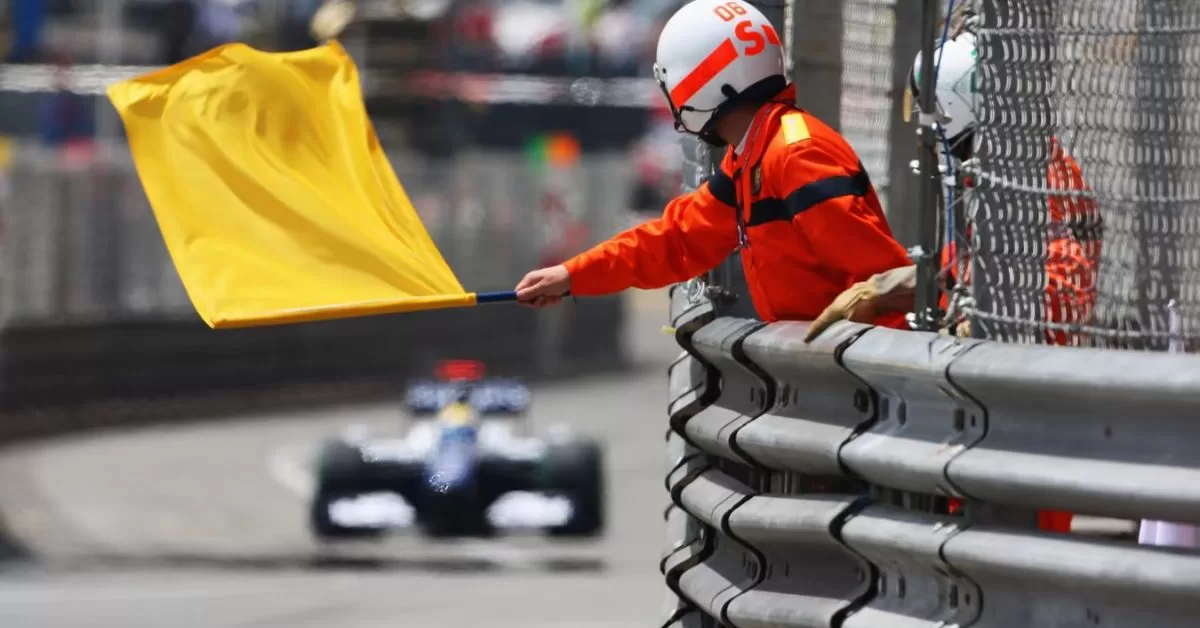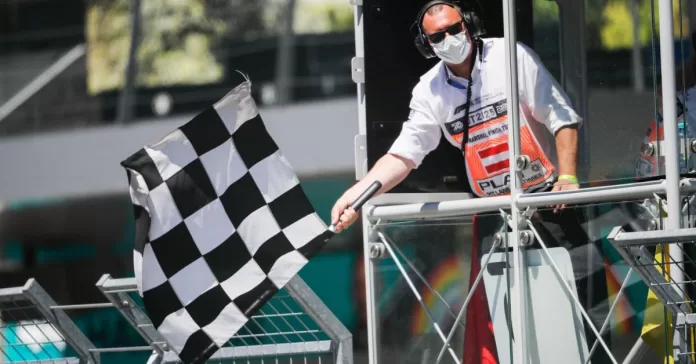Flags are crucial in Formula One as a universal language that communicates vital information to drivers, teams, and fans. Each flag holds significant meaning on the racing circuit, from signalling track conditions to issuing warnings. In this article, we will explore the various flags used in Formula One and their importance in ensuring safety and fair play.
YOuTube cc: @WTF1official
The history of Formula One traces back to 1950, when the first World Championship race took place. Transitioning from the pre-war era, the sport gained popularity as teams and drivers competed for glory. Over the years, Formula One evolved, witnessing technological advancements and iconic rivalries. However, the sport has captivated audiences worldwide, from the dominance of legendary drivers like Juan Manuel Fangio and Ayrton Senna to the emergence of modern-day champions like Lewis Hamilton. Today, Formula One continues to push the boundaries of speed, innovation, and excitement, captivating fans with each thrilling race.
Different Types of Flags in Formula One

- Green Flag: Start Your Engines! The green flag waved at the start of the race or during restarts signifies the track is clear, and drivers can unleash their racing machines. It marks the beginning of high-speed adrenaline and intense competition.
- Yellow Flag: Caution Ahead! When a yellow flag is waved, it signals danger or a hazardous situation on the track. Drivers must reduce their speed, be prepared to stop and maintain their position until the hazard is cleared. This flag ensures safety and prevents potential accidents.
- Double Yellow Flag: Extreme Caution! The double yellow flag is displayed when the danger on the track is severe. It requires drivers to slow down significantly, maintain their position, and be ready to stop if necessary. This flag is deployed when track conditions are treacherous, such as heavy rain or debris on the circuit.
- Red Flag: Halt the Race! The red flag is the ultimate signal to stop the race immediately. It is raised when conditions become too dangerous to continue, such as a major accident, severe weather, or significant tract obstruction. All drivers must come to a complete stop, and the race is temporarily suspended until the situation is resolved.
Other Flags in Formula One
- Blue Flag: Yield to Faster Cars! When a driver receives a blue flag, it indicates that a faster car is approaching from behind. The driver must yield and allow the faster car to overtake safely without impeding their progress. This flag ensures fair competition and prevents slower vehicles from obstructing the leaders.
- White Flag: Slow-Moving Vehicle Ahead! The white flag alerts drivers to a slow-moving vehicle on the track, such as a recovery truck or an ambulance. It warns them to be cautious and prepare for a potential obstruction or unusual conditions ahead.
- Checkered Flag: The Race is Over! The checkered flag marks the end of the race, symbolizing victory for the first driver to cross the finish line. It is waved as the winner completes the final lap, signalling the conclusion of an exciting race.
READ MORE: Understanding the Impact of Different Types of Penalties in Formula One
Flags are pivotal in ensuring safety, fairness, and effective communication in Formula One. From the adrenaline-pumping green flag that launches the race to the chequered flag that crowns the champion, each flag has its specific meaning and purpose. Drivers and teams rely on these visual cues to navigate the track, respond to hazards, and maintain a thrilling but safe racing experience. Understanding the significance of different flags in Formula One enhances our appreciation for the sport and its commitment to competition and safety.


